By Russ Paine, PT | Originally featured on MikeReinold.com
Neuromuscular electrical muscle stimulation (NMES) is often used to stimulate muscle contraction. There is a vast amount of literature supporting NMES for use during rehabilitation. Until recently, NMES has been a reimbursable modality, thus there was much financial support to research its’ effectiveness.
Biofeedback has not been reimbursable and that may have had an effect on the comparative lack of literature. One article from Draper and Ballard supports the use of biofeedback over NMES. This article compared the two modalities during ACL rehabilitation. After 6 weeks, the biofeedback group was shown to provide greater quadriceps isometric muscle strength than NMES treated group. (See more literature on biofeedback in the Reference Articles section of our Getting Started page.)
I believe in the use of NMES if a patient is unable to make any voluntary contraction, which sometimes happens following ACL reconstruction surgery. But, once a patient is able to produce a voluntary contraction, detected by the biofeedback, we immediately switch the patient to biofeedback. It is important to get patients using their own active electrical system as early and often as possible, as opposed to the passive electrical engagement of NMES.
When using NMES, all nerve fibers are stimulated simultaneously. This, in my opinion, is not as effective as biofeedback because the order of recruitment from small to large diameter nerve fibers is not sequential as is the case with voluntary contraction. NMES actually recruits the large diameter nerve fibers first because they are more excitable, as large diameter axons have less resistance to firing. Atrophy of muscles has predominant effects on the slow twitch smaller diameter Type I fibers, so recruiting these muscle fibers is critical to reverse the effects of muscle inhibition and atrophy.
|
Approx. 5 min. read


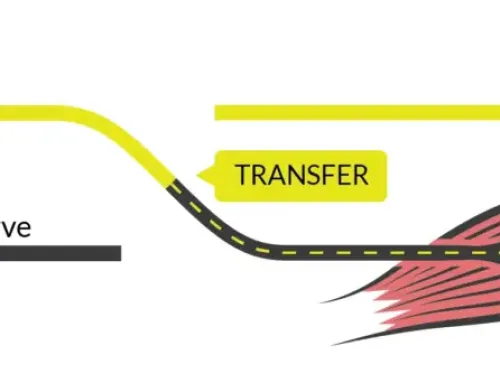

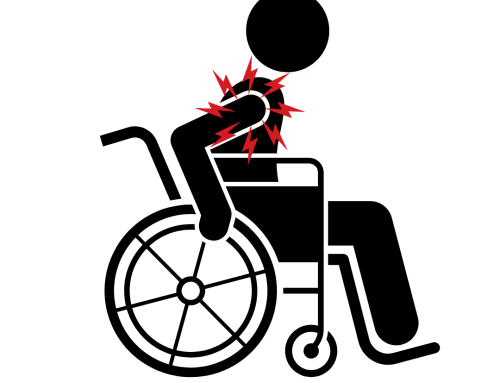
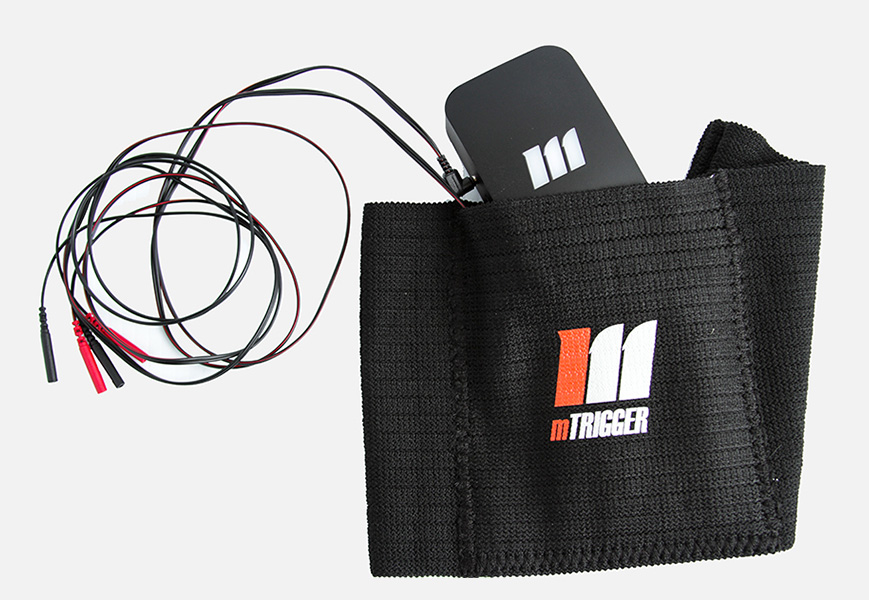
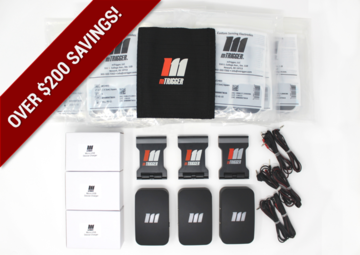
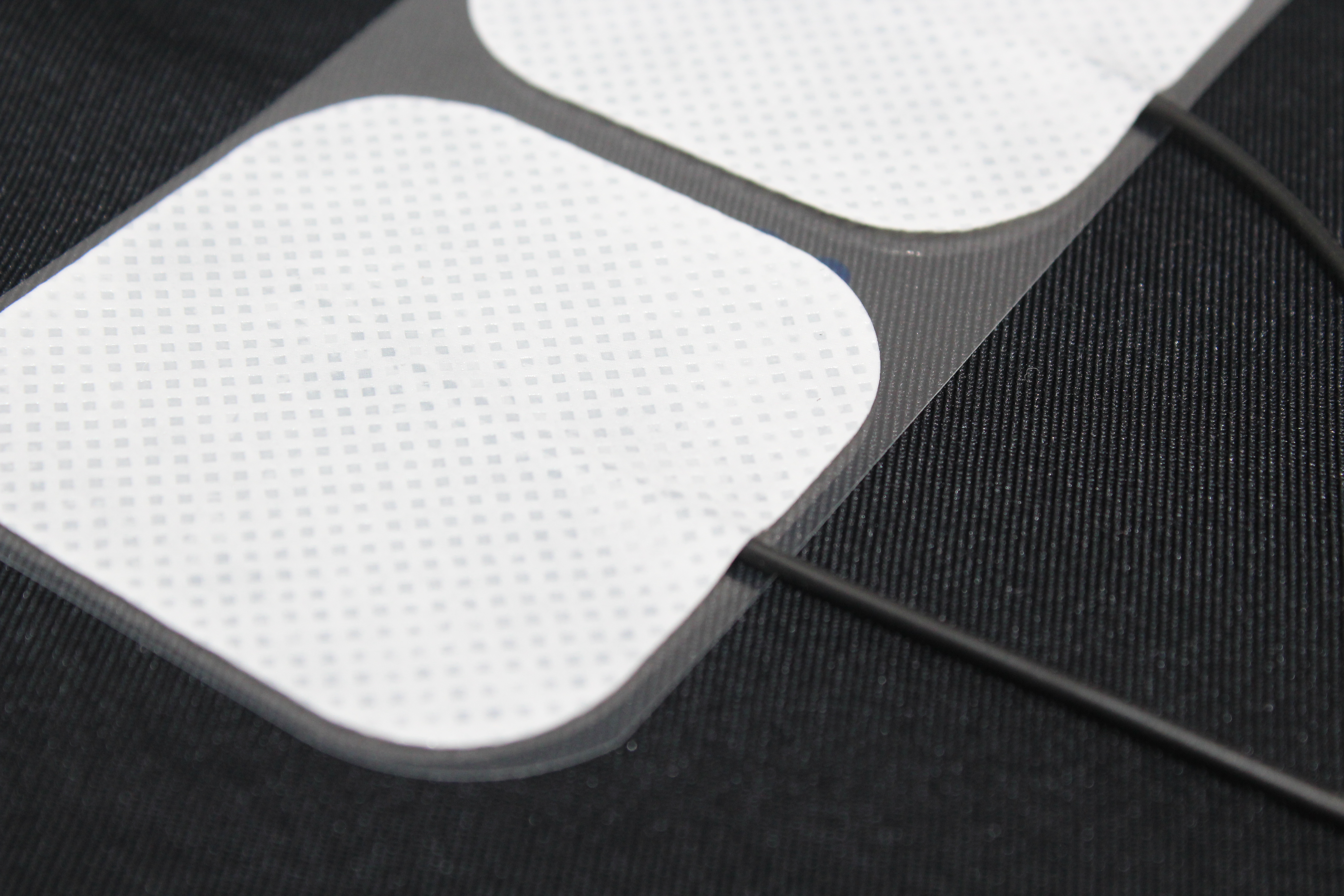
Leave A Comment